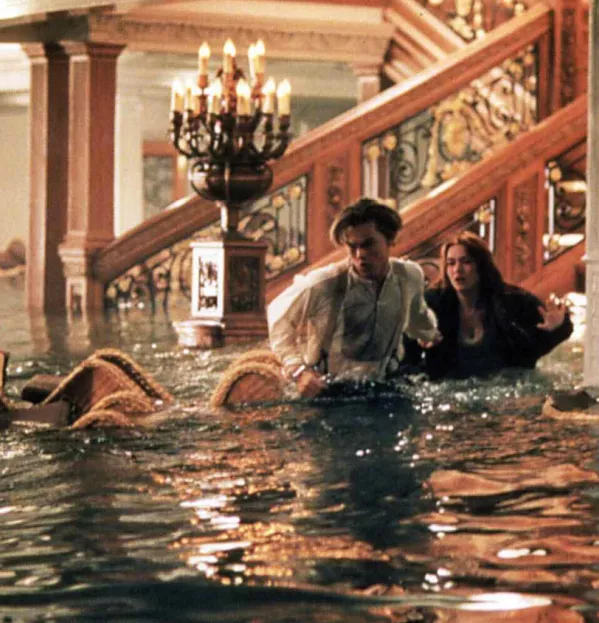Recently, I started re-learning how to swim. Don’t get me wrong, I can swim…on a basic level. If I fell off a boat, I could get to the shore under my own steam, without having to cling to a plank like Kate Winslet in Titanic.
But I swim like a fool. I can never work out how to breathe properly, so I keep my face out of the water like a lady-of-a-certain-age who doesn’t want to get her shampoo-and-set damp. I’ve pretty much always swum like this. Back in the day, I did 42 lengths of my local pool to get my 1,000-metre badge, with my head out of the water and my bum sinking like a stone until I was essentially swimming in a vertical position. Seemingly, in the 80s, learning to swim with your face in the water was “next level”. Once you had a costume full of glamorous fabric badges, then you could learn how to swim underwater and do the clever co-ordinated breathing thing.
In contrast, my own kids, who have learned to swim in the past five years, generally swim underwater like a pair of little fish. They started on day one, by getting used to having water on their faces. It wasn’t a change from their initial way of doing things - it was part and parcel of it.
This seems analogous to the debate around handwriting: should we start straight away in P1 with cursive formation? Or start with printing and go cursive at a later date? I learned to write, form letters, then do “joined-up” handwriting - which I never mastered before my habits were pretty much set for life, just as I never quite mastered the whole face-in-the-water thing.
I have worked in schools that take both approaches. Some parents and teachers worry that it is too difficult for young children to cope with cursive formation at the outset. I think cursive writers are like underwater swimmers - they develop a confidence and fluidity which stays with them and is consolidated over time. They aren’t learning one version, then halting their progress and learning the other.
Now that I have my goggles and am practising regularly, I’m finally learning to swim underwater. It’s so much better - I feel like that kid in the early-90s mortgage advert who dives down to the sea bed and discovers a pearl. If I’d always swum this way, I would have had more time in the early stages of my skill development to consolidate this approach. I would undoubtedly be a better swimmer. It would have been more enjoyable, more fluid and I’d have been more confident. If the same is true for starting and sticking with cursive handwriting, then surely there’s no contest?
Susannah Jeffries is a recently qualified primary teacher in Edinburgh. She tweets @MrsJTeaches
